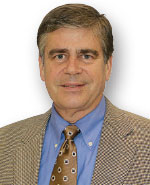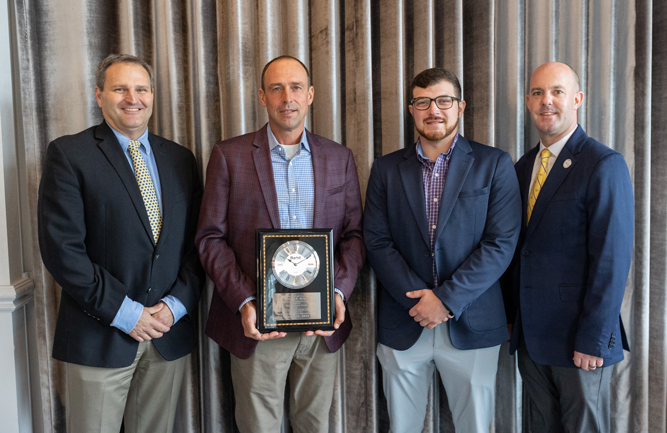Turfgrass research facilities: The core of the program
 Turfgrass research field days are exciting times for university turfgrass programs. They are days when faculty, staff and students get to show off a little of what they know and what they are doing for the turf industry. From an industry perspective it’s a time to learn something new and maybe answer the question, “What do these turf researchers actually do?” No matter how small or large the field day, the core components are the same — the applied research studies.
Turfgrass research field days are exciting times for university turfgrass programs. They are days when faculty, staff and students get to show off a little of what they know and what they are doing for the turf industry. From an industry perspective it’s a time to learn something new and maybe answer the question, “What do these turf researchers actually do?” No matter how small or large the field day, the core components are the same — the applied research studies.
Aesthetically, field days are just a great time to be out on the expanses of turf, which vary in color and texture due to the different turfgrass species and varieties. Contributing to the “beauty” and the success of the field day is the presence of diseases, insects and weeds. Littered throughout the area are signs of various colors and shapes, which contrast vividly with the green color of the turf.
An industry representative once told me that he judges the success of a field day, and indirectly the success of the turf program itself, by the number of signs present. The more signs, the more studies, the more information being generated. I also like the look of numerous signs, but I reminded him that quality of research is never overshadowed by quantity. This exchange points out one of the great experiences of any field day: the lack of formality. Professor, superintendent or student intern, everyone is easily approachable.
The informal format of field days promotes discussion between the faculty, staff, students and clientele to address issues or problems using a research study as the conduit to the answer. I just don’t see that same type of interaction at conferences, seminars or workshops.
A field day serves as a snapshot of the world of university research, outreach and teaching. I like to think of a field day as the window dressing for turfgrass programs. It is a glimpse into what we do. We can’t show a laboratory in a university building where many of us conduct our more basic research (it’s boring to show a pipette), or the technology and techniques used to deliver education, whether in the classroom or as outreach. So field days are a way for turfgrass programs to say, “We can’t show you everything we do but hopefully you get an idea of the scope of our programs.”
Central to a field day is the turfgrass research facility itself. Whether as a stand-alone structure or as part of a larger department field facility, much of the identity of a turfgrass program is associated with that research area. The research facility serves as a core for the departments that house turfgrass faculty to conduct research, teach and conduct outreach. It also serves as the center where faculty, staff and students interact 365 days a year.
We at universities are fortunate to work with an industry that is willing to support the turfgrass facilities with equipment, supplies and expertise. Without industry support, our field research facilities would disappear. Unfortunately, even with this support, pressure is increasing to close our field research facilities. As budgets get tighter at the university and college levels, pressure mounts to pay increasing building and land rent and salary costs associated with running facilities. At some land grant universities we have already seen the closing or reorganization of agricultural branch stations.
A major challenge facing turfgrass programs is the sustainability of the field research areas. We need to better communicate the importance of these facilities to those in the industry, and at the same time increase the visibility and viability of these facilities to the general public. If we don’t, we will see a rapid decline in university turfgrass programs.










